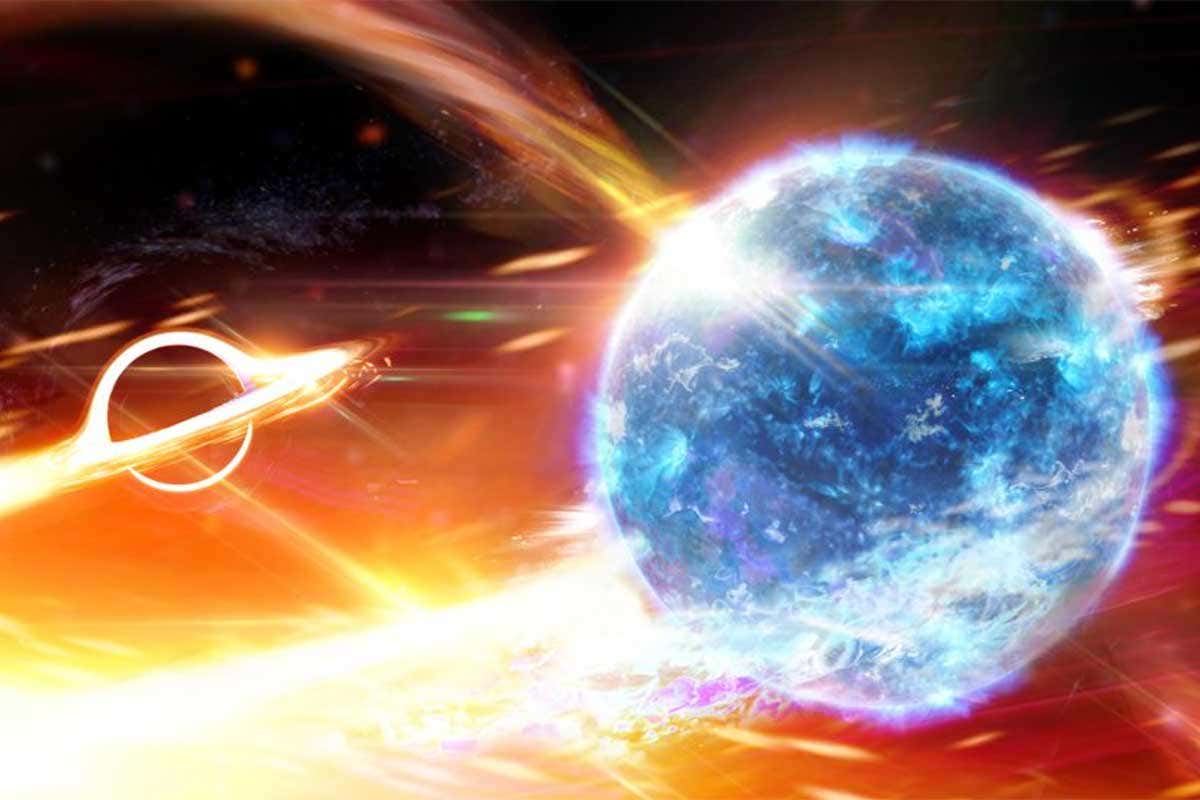Neutron Star Eaten by Black Hole – New LIGO Discoveries

A discovery has been made by the LIGO observatory near Richland in the US. Astronomers have uncovered that a black hole has consumed a neutron star. Evidence for this phenomenon came in the form of gravitational ripples.
LIGO discoveries
The phenomenon was detected on the 14th of August. A signal was detected from 870 million light-years away. This suggests that a neutron star has collided with a black hole. The observatory first detected gravitational waves back in 2015. In the earlier case, two black holes clashed to possibly form a supermassive black hole in a galaxy 1 billion light-years from Earth.
Since the black hole event, the LIGO observatory has detected an explosive collision between two neutron stars. Their collision had created a mass of radioactive materials that decayed into platinum and gold.
The latest discovery from the LIGO observatory has a neutron star clashing with a black hole. The findings were confirmed by a second LIGO observatory near Hanford, USA. The Virgo observatory in Italy also confirmed the findings of the American astronomers. The signal that the observatories detected is quite weak, however. Being compared to a whisper in a crowded cafe.
What is a neutron star?
A neutron star is quite a complicated business. The celestial body is what remains of a giant star that has collapsed. Such a star is usually 10 to 29 times heavier than the Sun before it collapses. The core of the star becomes a neutron star.
These celestial bodies are extremely dense, probably the second most dense objects in the universe, second only to black holes.
A supernova usually leaves behind a star’s core that has around 1.4 the mass of the Sun. Neutron stars are no longer active, so they do not generate as much heat. It has been theorized that the Milky Way galaxy has around 100 million neutron stars, based on the number of supernovas scientists have uncovered.
0 comments